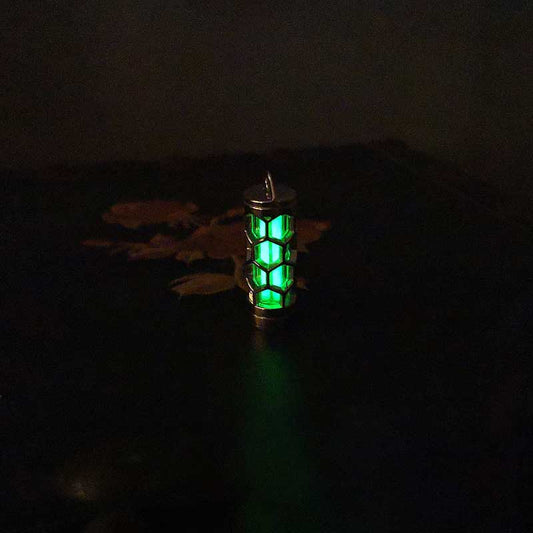The Story Behind the Ring Discovering the Meaning of a Right-Hand Fourth-Finger Band
The Story Behind the Ring Discovering the Meaning of a Right-Hand Fourth-Finger Band
When I first noticed the glimmering ring on my great-aunt's right hand, fourth finger, I was just a child, curious about what made that simple circle of gold so significant. It wasn't a wedding band—those resided on the left hand, seated with matrimonial purpose. I remember gathering the courage one day to ask about it as we sat by the window watching the rain draw patterns on the glass. She smiled, her eyes crinkling, and explained that it was a symbol of her independence.
This memory floated back to me years later when I spotted a similar adornment—a sleek, silver ring—worn by a friend. Its presence on her right hand, fourth finger immediately piqued my interest. Unlike engagement or wedding rings traditionally placed on the left hand, a ring on the right hand here possesses an entirely different narrative, one deeply rooted in personal choice and cultural nuance.
In many Western societies, a ring on the right hand's fourth finger can signify various things. For some, it echoes personal achievement or self-love. This symbolism can be empowering—a silent testament to one's independence or a hard-earned milestone. For others, it might simply be a fashion statement, a cherished piece that complements their style without needing to tell a deeper tale. Silver and gold are the most common metals, their classic appeal blending effortlessly with any ensemble, yet each piece can hold a story unique to its wearer.
One of the most intriguing aspects is its historical and cultural resonance. For instance, in certain Eastern European countries, wedding bands are traditionally worn on the right hand. This can sometimes lead to delightful misunderstandings—like the time my friend was congratulated on her supposed marriage during a business trip to Moscow, thanks to her right-hand ring. Her laughter as she recounted the story was infectious, an amusing reminder of how jewelry, despite its silent nature, can speak volumes across cultures.
Of course, not everyone ascribes a significant meaning to their choice of hand or finger. Sometimes, a ring is just a ring, favored for its design or the way it catches the light. Yet, there is an undeniable intrigue surrounding those who choose to wear a ring on the right-hand fourth finger, perhaps because it invites a conversation, sparking musings about identity, culture, and personal milestones.
So next time you notice such a ring, consider the stories it might hold, visible only to those curious enough to wonder. After all, every piece of jewelry we wear carries a whisper of who we are—or who we aspire to be.































